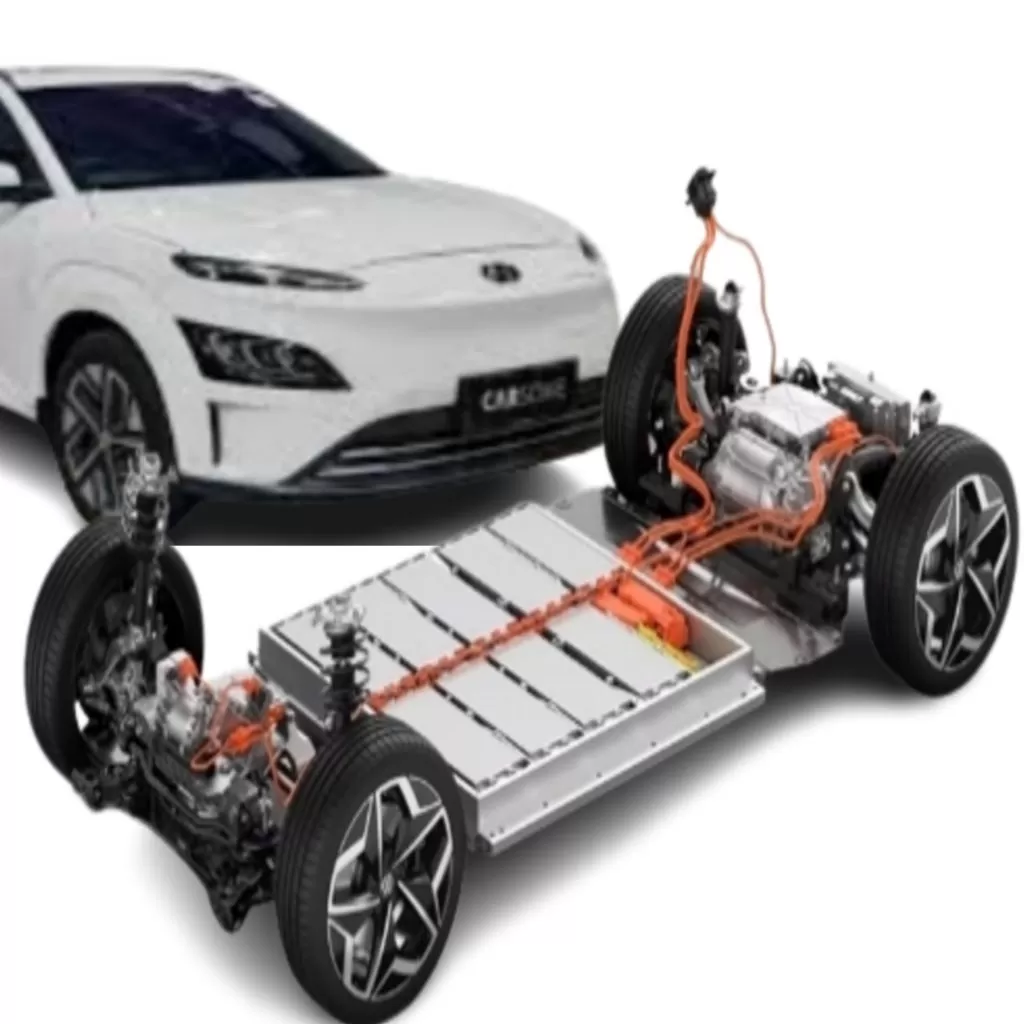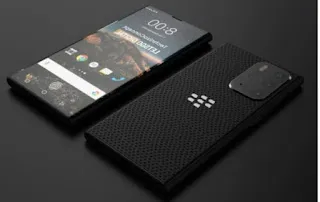Multymeter.com – Along with the development of technology, the trend of electric cars is getting higher. Many of the conventional car manufacturers are starting to issue products that are already electrified. Coupled with the support of the Indonesian government through infrastructure development and tax incentives for electric cars.
Because it is considered more environmentally friendly, it is one of the attractions of electric cars, rather than cars with an internal combustion engine (ICE) system. Electric cars do not produce exhaust emissions, so they are more friendly to the environment, and also sound quiet when driving, and their performance can compete with ICE cars.
Of course, electric cars have a different working system when compared to conventional-engined cars because the propulsion system in electric cars is simpler, with several types.
Various Important Components In Every Electric Car
There are various types of components contained in an electric car and each role, and has a different function. In general, there are three main components embedded in an electric car.
Traction Battery Pack
Every electric car certainly needs a place to accommodate its power source. Electric cars need a traction battery/Traction Battery Pack to accommodate electric power as the main energy source to move the car. Power storage systems in batteries usually use direct current (DC), so that positive and negative poles apply.
The battery in electric cars that is used in general is the type of Lithium-ion battery. Because it is considered to have the advantage of high durability, so it is an option for use in modern electric cars, but unfortunately the type of battery is still minimally produced which makes the price of Lithium-ion batteries still more expensive.
In order not to be misunderstood, that the battery in an electric car only serves as a power source for the propulsion system of an electric motor. Meanwhile for the electrical part, such as; lights, and others, the power source comes from the Accu.
Power Inverter
The function of the inverter is to convert DC (Direct Current) into AC (Alternating Current). The AC current generated by the inverter is used for electrical traction motors.
On the other hand, the power inverter also functions as a converter of AC current into DC current. DC current is used to charge the battery. The way the inverter works is to convert the AC electric current generated into DC current when the car decelerates or slows down, then it is accommodated back into the battery.
Traction Motor
Have you imagined the function of the traction motor? Yes, as wheel drive. In an electric car there is one, or more than one traction motor to turn the wheels. The source of electrical energy as wheel drive comes from the battery.
The traction motor component is the ultimate goal of electric current from the battery. In an electric car usually has one or more traction motors to rotate the wheels of the car. The working system of a traction motor is similar to how a toy car works. There the wheels of the toy car are driven by a dynamo, and the energy source comes from the battery. The dynamo rotates as a result of changes electric power is converted into kinetic power through the interaction process between electromagnetic and permanent magnets inside the motor.
Traction motors are considered to be more efficient in producing energy, when compared to internal combustion engines on conventional motors. In the conventional combustion process, imperfect engines become kinetic energy, because some combustion in conventional engines can also produce heat energy. In addition, the traction motor works more efficiently. simple, because there is no need for various components to convert the vertical motion of the piston into rotational motion of the wheels, such as the working system found in conventional cars.
Charger
Charger bukan hanya terdapat pada gadget saja.Yang namanya mobil listrik,pastinya charger sangat dibutuhkan .Komponen ini merupakan pendukung untuk mobil listrik,sebagai pengisi ulang daya listrik dalam baterai mobil listrik.Sistem kerja charger merubah arus listrik AC yang berasal dari sumber listrik PLN ( Perusahaan Listrik Negara)menjadi arus listrik DC,sehingga nisa untuk mengisi daya battree.
Chargers are not only found in gadgets. The name of an electric car, of course, a charger is needed. This component is a support for electric cars, as a charger for electric power in electric car batteries. State Electricity Company) into DC electric current, so it is necessary to charge the battery.
How Electric Cars Work
The way an electric car works is actually quite simple. The electric power in the battery is channeled to an electric motor to move the wheels of the car.
Here’s an explanation of how it works step by step:
- When the acceleration pedal is pressed, the control module regulates the flow of electric power from the battery to the inverter.
- The inverter converts the electric current from DC to AC, then it is channeled to the traction motor according to the pressure on the acceleration pedal
- Traction motor converts electrical power into kinetic energy (rotation)
- The rotation of the rotor on the traction motor then drives the transmission to turn the wheels, so the car runs.
Electric Car Type
There are 4 types of electric cars on the market, namely: Battery Electric Vehicle (BEV), Hybrid Electric Vehicle (HEV), Plug-in Hybrid Vehicle (PHEV), and Fuel Cell Electric Vehicle (FCEV).
Battery Electric Vehicle (BEV)
This type of car operates without a combustion engine completely using electricity from the battery. Electricity is stored in the battery pack. Charging by connecting the battery to an external power source.
To run this motor, it uses electric power from the conversion of DC to AC electric current. To adjust the speed of the vehicle by changing the frequency of the AC power from the inverter to the traction motor, the accelerator pedal sends a signal to the control module.
The motor will become a generator that produces electricity, then stored back into the battery, when the brake pedal is pressed or the car slows down.
The Volkswagen e-Golf, Tesla Model 3, BMW i3, Chevrolet Bolt, Nissan Leaf, and Hyundai Ioniq 5 are examples of this type of car, although there are many more that it is impossible to list them all.
Hybrid Electric Vehicle (HEV)
For this type of electric car, there are two propulsion systems, namely an internal combustion engine and a traction motor. The internal combustion engine gets power from gasoline, while the motor gets power from the battery. Both can rotate the wheel drive transmission at the same time.
What is unique about this type of HEV compared to other types of electric cars is that only by the presence of engine rotation, wheel movement, or a combination thereof and also when braking occurs, the traction motor turns into a generator that charges electricity to the battery. So this type of car does not have a charging port to charge it. re-battree. Examples of electric cars of this type that are already available in the market are the Toyota C-HR Hybrid, Toyota Camry Hybrid, Honda Civic Hybrid and others.
Plug-in Hybrid Electric Vehicle (PHEV)
The PHEV type car, and the HEV type, both have two propulsion systems, the internal combustion engine traction motor. However, the PHEV type car uses a charger so that it can recharge the battery via an external power source.
Cars with PHEV technology can operate in two modes, namely: electric mode where the car is driven entirely using an electric motor, and hybrid mode, the engine and motor work simultaneously.
For Indonesia, there are already several car manufacturers that have marketed their products with PHEV technology, such as the Toyota Prius PHEV and Mitsubishi Outlander PHEV.
Fuel Cell Electric Vehicle (FCEV)
Hydrogen is an energy source to generate electricity from the Fuel Cell system for FCEV type cars, so this car has a hydrogen tank.
The way it works is almost the same as the HEV type car, namely hydrogen is channeled into the Fuel Cell system, then the electricity generated to trick the motor and battery charger comes from the conversion of hydrogen chemical energy into electrical energy.
The process of decelerating the motor will become a generator that produces electricity, then it is accommodated in the battery, this process is the same as in other types of electric cars.
Although it is still rare for FCEV type cars to be found on the Indonesian market, there are already cars that use full cells such as the Hyundai Nexo, Hyundai Tuscon FCEV, Toyota Mirai, and Honda Clarity Fuel Cell.***




